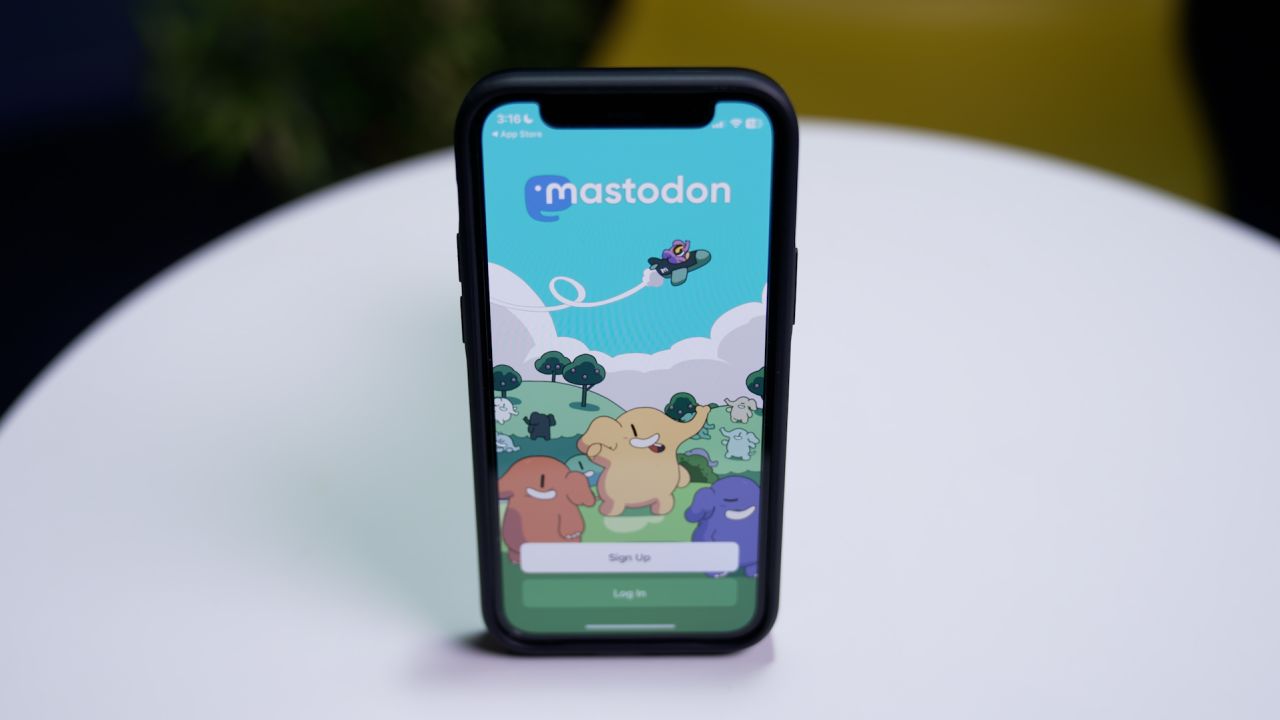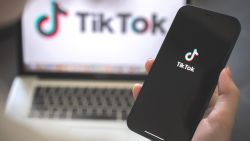Elon Musk’s rocky takeover of Twitter has already been marked by mass layoffs, resignations and the reinstatement of former president Donald Trump’s account, as well as other controversial figures, leaving many users uncertain about the direction of the platform’s future.
Amid the chaos, several Twitter alternatives have reported a surge in new users. The latest to gain mainstream momentum is Hive Social, an app that combines some of the familiar elements of Instagram, Twitter and even MySpace, and which was reportedly started by a college student who taught herself how to code. On Monday, a profanity-laden tweet questioning what Hive was even caught the attention of Musk, who responded with a simple “lmao.”
App analytics firm Sensor Tower confirmed to CNN Business on Tuesday that Hive Social has seen approximately 871,000 worldwide installs — more than a third of which came in the last week alone. This week, Hive Social garnered the top spot in the social networking category on the US App Store.
As I tried to download the Hive app on my Apple device, however, I was greeted with a series of errors. First, it had issues letting me register through my email address. Then, I got a pop-up message saying that my device was blocked for “unusual activity.” Despite this, I was able to create an account by giving my phone number. However, the platform does not currently offer two-factor authentication.
Once I had set up my account, I toggled over to its “Discover” page, where I was immediately served an unexpected image of a fully nude man. (On its barebones website, Hive Social says nude content is permitted, as long as its categorized “NSFW Mature Content.”)
The interface is more like Instagram than Twitter: largely image-driven, but you also have the option to upload text-only posts. I had trouble using the search function to find people to follow. Adding to the confusion, I saw quite a few different accounts that appeared to have the same exact username — more than a dozen accounts with an @Catherine username, for example.
I wasn’t served any obvious advertisements or overtly-spam accounts while scrolling through my “For You” tab, which was pleasant. Overall, there was also a strong sense of community-building among many of the new users, as people shared tips and advice for how to get started on the app. The main feed, consisting of posts from people you follow, is chronological, unlike most well known platforms.
Hive Social, which lists just two employees on LinkedIn, did not respond to CNN Business’ requests for an interview or further comment. A Twitter account associated with the app said Wednesday that it had been inundated with new user sign-ups and “Email verifications are still down but Google and Apple sign in work!” The Twitter account also responded to some troubleshooting requests from Twitter users who were similarly setting up their accounts on the platform and confronting confusion and glitches.
On its website, Hive Social also outlines goals for keeping the community respectful. “We remove content that contains credible threats or hate speech, content that maliciously targets private individuals, personal information intended to blackmail or harass someone, and repeated unwanted messages,” it states.
“Threats of harm to the public (including threats of physical harm, theft, vandalism and all forms of financial harm) and personal safety aren’t allowed,” the website added. “Hive carefully reviews reports of threats to determine whether a threat is credible.”
Hive’s guidelines are admirable, but there remains an open question how it will be able to keep up its content moderation goals amid an overnight surge of new users. In an interview with Newsweek, Hive founder Kassandra (Raluca) Pop said that just three people — herself, a designer, and a developer — run the app. “It’s just the three of us and we’re managing pretty well I think,” she told the outlet. And indeed, for such a small team, the app’s precipitous user growth is a remarkable feat.
While the interface was inviting and some of the posts engaging, I found myself too frustrated by constant lags and crashes to spend much time on the app just yet. Its lack of a web interface also left me unsure of how well it will fill a Twitter-shaped hole for those looking for an alternative to the Musk-owned platform.
To be fair, Hive started in 2019 and never sought to be a Twitter clone or to welcome a sudden influx of disgruntled Twitter users. Founder Pop told Newsweek she was inspired to create Hive after her own frustration with Instagram’s algorithm and ads.
Hive’s viral rise over the past week, and the hiccups associated with other Twitter alternatives like Mastodon (more on that here) or Post.News (which currently is only accepting new users to join a “Waitlist”), in many ways only reveal how difficult it would be to replace a platform that has been so widely used by brands, government agencies and more for over a decade.
Beyond Twitter’s unusual set of circumstances, other social media giants are also facing a new reckoning brought on by a whiplash in demand and worsening economic climate. As users and developers confront sweeping changes to how social networking might function, digital rights groups are urging that this can also be a time to regroup and rebuild based on past lessons.
“The problems of living under a system dominated by unaccountable, vast corporations seemed inescapable. But growth has stagnated for these centralized platforms, and Twitter is in the midst of an ugly meltdown,” Cindy Cohn and Rory Mir of the nonprofit Electronic Frontier Foundation wrote in a blogpost. “Our hearts go out to the thousands of workers mistreated or let go by the incumbent players.”
“The major platforms have already screwed it up,” Cohn and Mir added, “but now we have the chance to get it right and build something better.”
























